(This is the second of two ‘classic’ posts (that means reruns) about our Airbnb experiences. You can read the first one by clicking Read this .) We took a slow dive into the Airbnb world a few years ago. When we made our road trip to Nova Scotia, we decided to try it again–mostly because it might give us a chance to interact with some of the locals to get a more personal feel for the place. But there were other reasons, and other perks. Here’s a brief wrap-up of what we’ve learned in case you’re thinking about it–and I promise, I’m getting zilch from Airbnb.)
If you’ve wondered about Airbnb but been too uneasy to give it a go, read this post for tips to make traveling with Airbnb safe, easy, and fun. (Airbnb’s website changes from time to time, so things may be a little different when you try it, but these guidelines should still be useful.)
What a cheery studio apartment this was, attached to our host’s home but with a private entrance.
1. In the search bar at the top of the page, type the name of a location. (You can go through the entire process up to reserving a space to see how it works.) Additional options will appear including number of guests, type of place you’re looking for, and price range. These options help narrow your search, saving considerable time.
2. A list of places matching your needs will pop up along with a map showing the general location of each rental. So, if you’re looking for a place in the heart of a city, you won’t accidentally end up thirty miles away. You’ll see the per night price and, in smaller print, the total price, which accounts for cleaning, service fees, and taxes, so it’s all inclusive. Keeping this in mind, don’t let the nightly rate fool you. Sometimes the one that looks more expensive at first glance costs less overall because the fees can vary significantly.
3. When you select a property, click on the photo at the top of the page for a slideshow of the place. I don’t advise staying somewhere that doesn’t provide enough pictures—interior and exterior—to size up the place.
4. Close the slideshow to read the description and list of amenities. Each has a ‘read more’ option. For the record, all the Airbnbs I’ve stayed at had all the promised amenities and often others missing from the written list.
5. Scroll down fora diagram of sleeping arrangements. In addition to the slideshow, this shows where and what type of sleeping arrangements are available (bed, futon, air mattress).
6. Even farther down the page are guest reviews. I’m highly unlikely to stay in an Airbnb so new that there are no reviews. Sorry, but I don’t want to be the guinea pig. In fact, I like to see plenty of reviews. That way, I’m guaranteed a good cross section of experiences and perspectives.
7. The listing also has a host photo and usually a brief host bio. There’s even a place where you can contact the host if you have questions or need any clarification.
8. Lastly, you’ll see a neighborhood description. What you won’t find, for security reasons, is a street address. That’s provided one or two days before your arrival, along with instructions on how to get in. Some hosts will greet you in person to show you around. Others offer a keypad or lock box.
9. Read it all. Reread it. Just like real estate ads, you might find code words. If they give you pause, jump to the next listing. However, I’ve almost always found that the pictures and descriptions are entirely accurate. Hosts have a vested interest in portraying their sites accurately. After all, if you arrive with a set of expectations that aren’t met, your host can expect a negative review for all to see.
10. On the right side of the page you’ll see pricing detail and the chance to book. It’s an easy process.
This New Mexico casita was one of our early Aibnb experiments. We were astounded at the low price. Fresh, airy, filled with original art, it’s a mother-in-law home which the host rents out when she isn’t visiting. The patio was perfect for taking in the mountain view.
11. For each rental, there is a heart at the top right. Click on that if you’re interested but not ready to make a commitment. You’ll be creating a sort of wish list to choose from. By the way, each time you click on a listing, it opens a new tab, so you don’t lose the original.
12. Another menu item, ‘Trips,’ shows the places you’ve stayed before in case you want to return. Still another lets you message your hosts as your arrival date nears or even when it’s over. Who knows? You might start up a lifelong friendship.
13. A day or so after your visit, Airbnb will ask you to complete a questionnaire and review. Please do this. It helps others like you. All reviews are posted on the listing’s site. If you have a complaint, the host may respond. You also have a chance to give Airbnb private information which allows them to follow up.
More Tips
Consider your ethos. If green is paramount, you may be able to find it. If it’s community investment, you’ll want to shy away from hosts who hollow out neighborhoods by buying up multiple properties for short-term rentals. How about diversity? Airbnb hosts can’t state that they discriminate, but some make abundantly clear that they don’t, stating for instance that they’re LGTB-friendly.
You can change or cancel a reservation, though hosts have individual rules for when and whether you lose some portion of your payment. Airbnb may also deduct the service fee. Most of the time, nothing is paid up front. These details are on the website.
Respect the host’s rules, also posted. If something doesn’t appeal to you, simply pass. Sometimes, hosts may want you to strip the bed or put used towels in a designated spot before you leave. If you rent an entire house, they’ll certainly want you to wash any dishes you use. They won’t ask you to vacuum or actually change the linens, but they’ll want you to leave the place basically as you found it—as you would with family or friends, right?

The view from our Ingonish Beach, Nova Scotia, Airbnb included both water and mountains. Best of all worlds.
Always, always remember that you’re staying at someone’s private property, whether or not they’re in the next room, and treat the space with the respect you want your own home to receive. If you accidentally break something, say so. Your host will probably be understanding, certainly more so than if you slink off without saying a word.
Planning a trip with Airbnb may take a while longer than making a reservation with your favorite hotel chain. But if you’re someone who comparison shops for lodging anyway, one process may not take longer than the other, though it’s easy to become infatuated with some of the Airbnb options. You may find so many desirable choices that you forget the original purpose of your travels.
In the end, Airbnb is a means, not an end. At some point, you may need to rein in your impulses and remember your travel goals. But if unique travel opportunities and adventure figure into those goals, Airbnb is one way to realize them.
Almost all the Airbnbs we’ve visited cost less—often significantly less—than any hotel or roadside motel we could have found, and were ever so much more interesting.
A few more places we’ve stayed with Airbnb. Sometimes you get amazing views, sometimes a hammock or even your own Airbnb cat. (Don’t worry, hosts make it very clear if animals are on the premises, at least in our experience. But you can always ask in a message, a good idea if you have allergies).
Have you tried Airbnb?









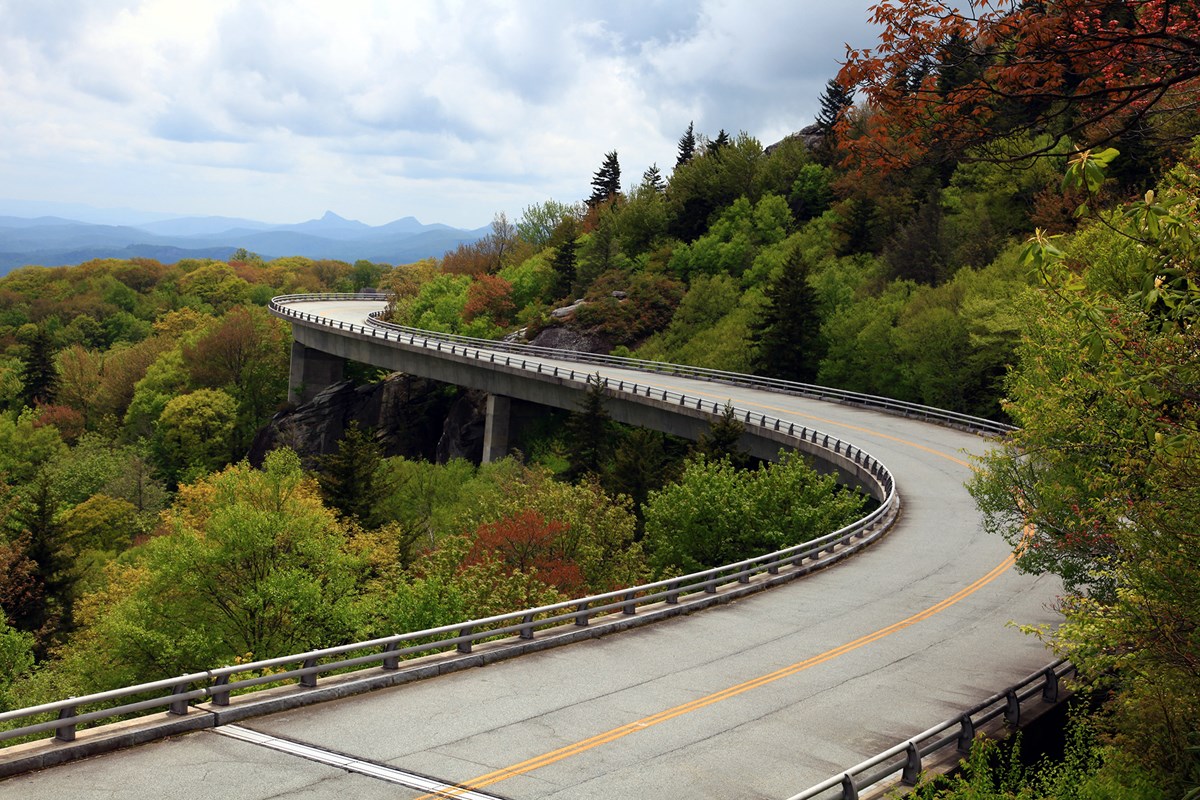
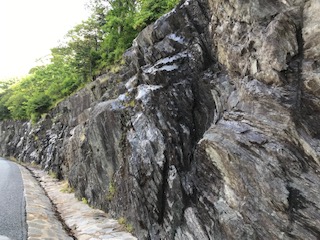

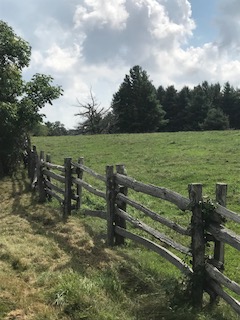

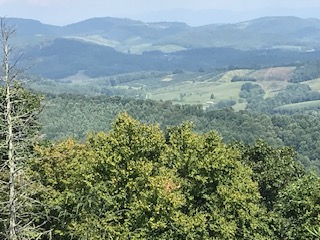



























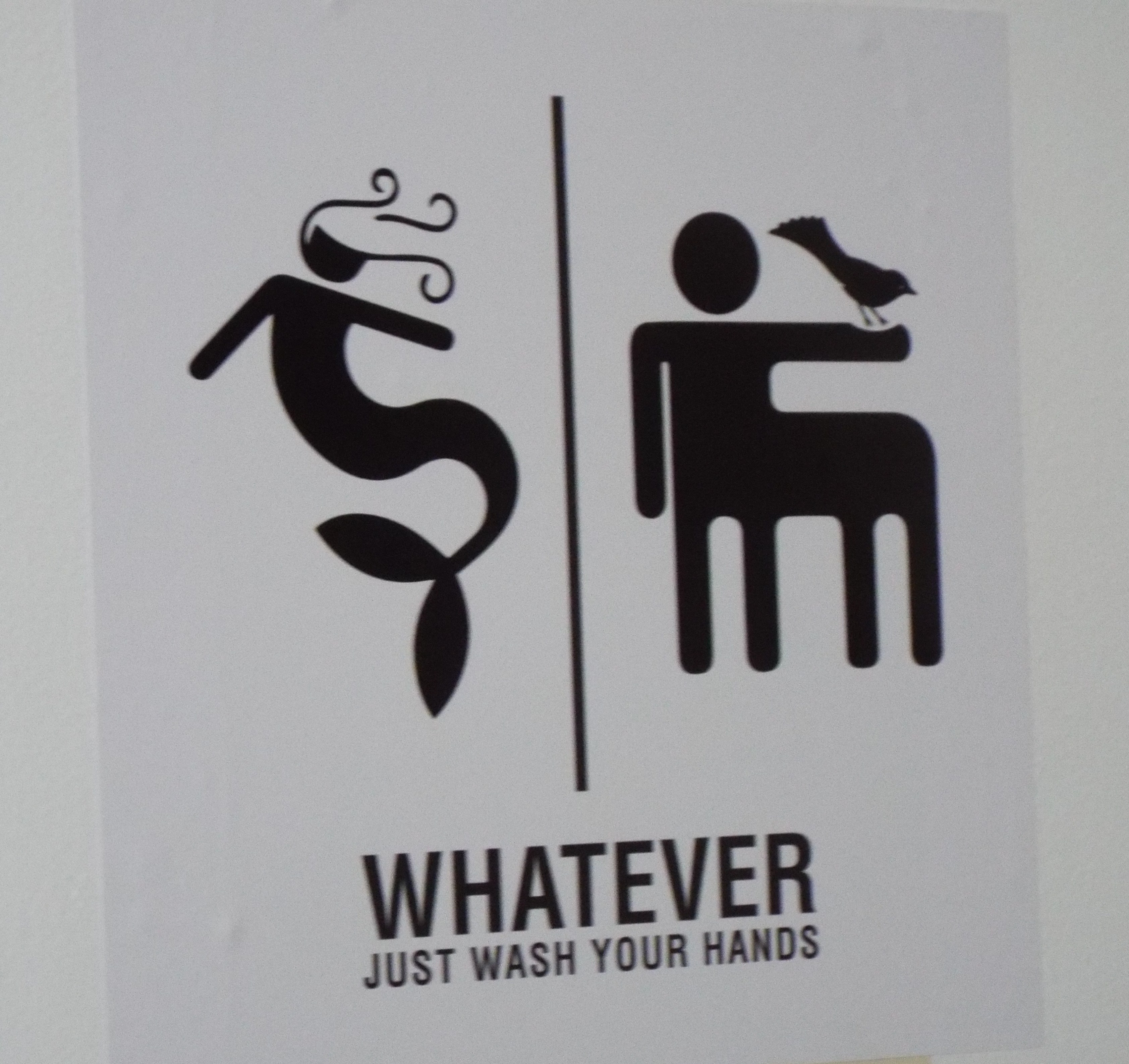

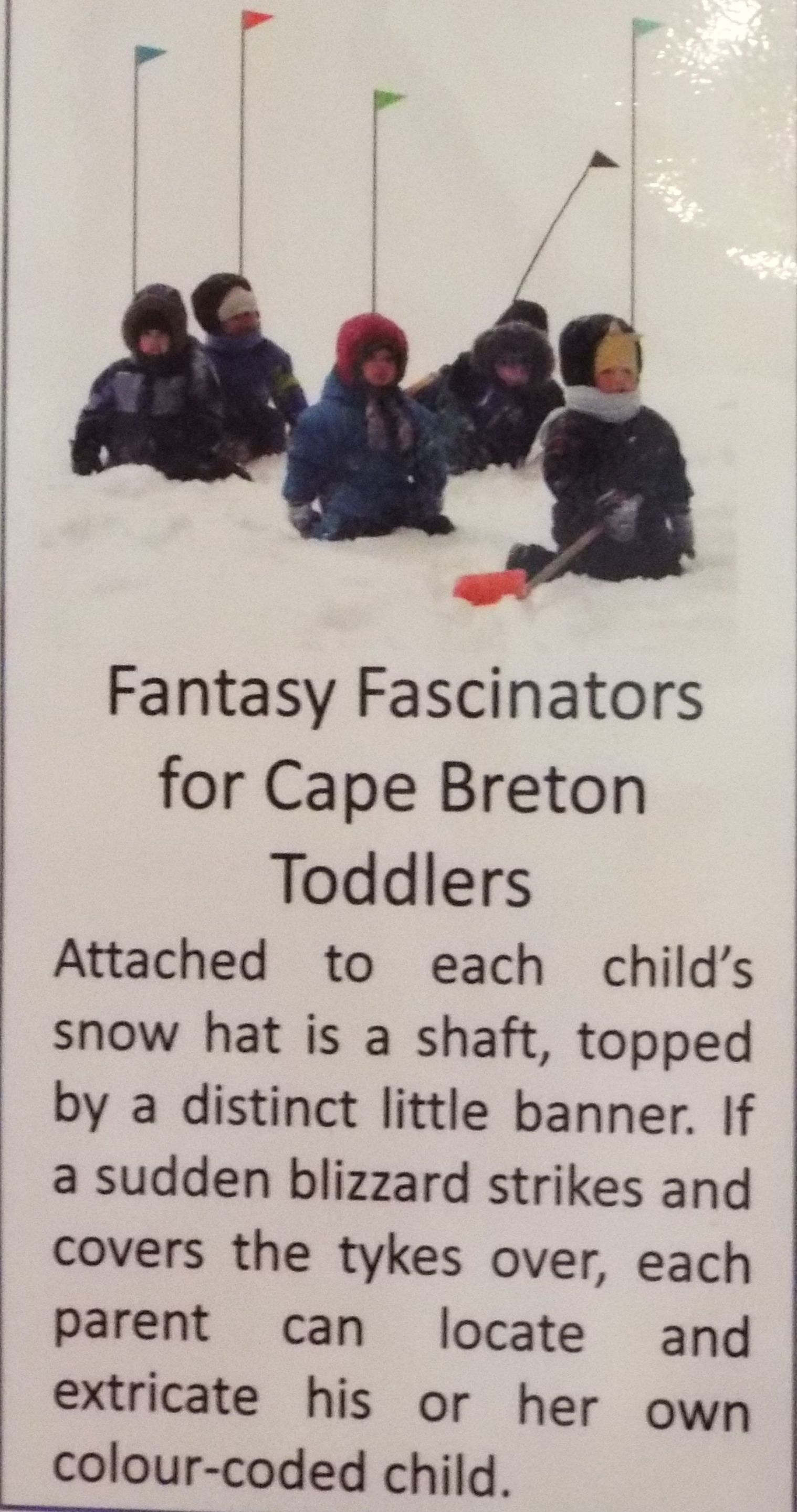
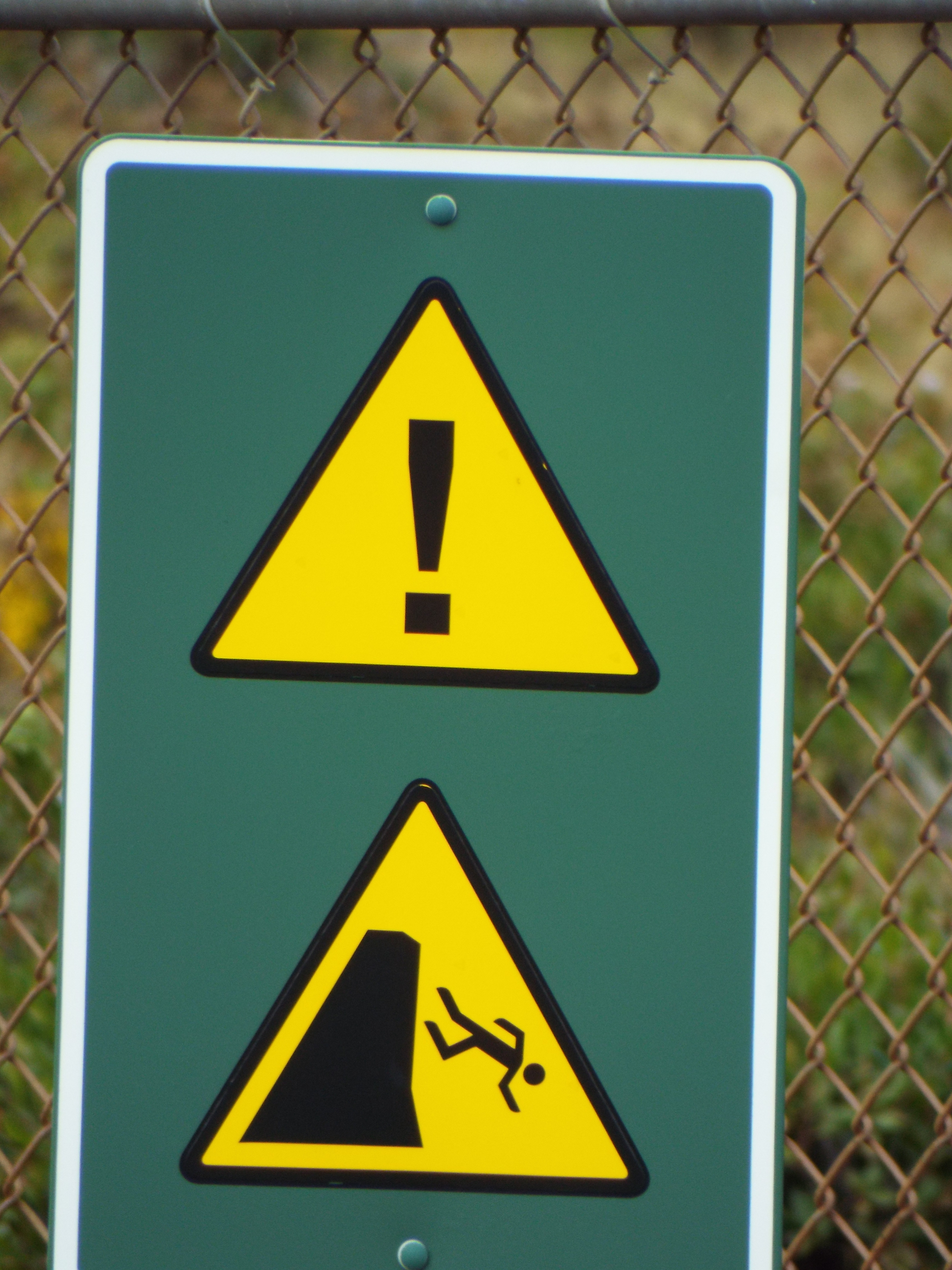




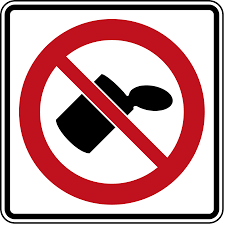
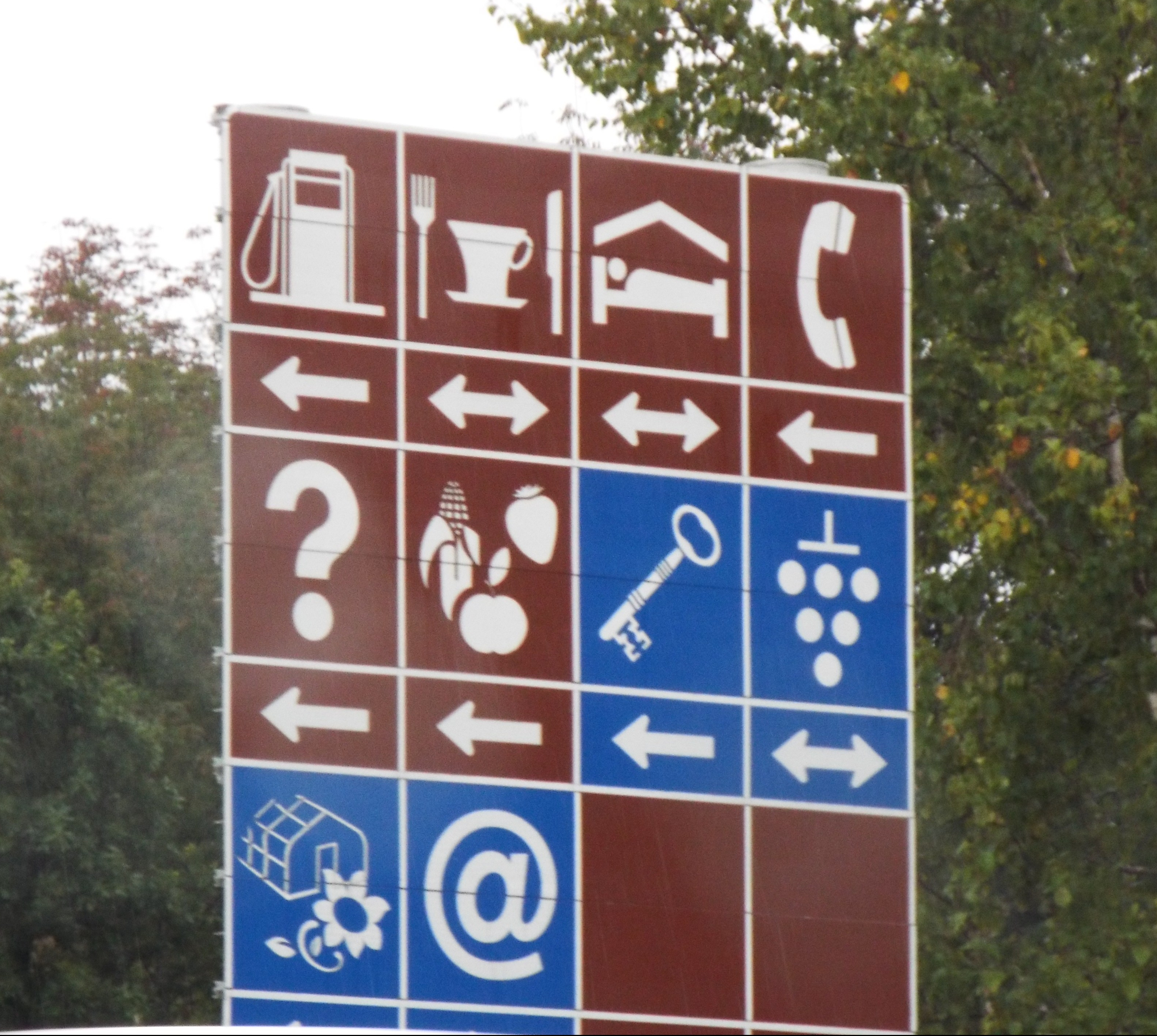
 You may have seen this on a previous post, but it fits here, too. It took us a while to figure it out. It looks like cuts of meat or something on top of two capital H’s. Soon enough we learned it means the pavement is about to end in favor of gravel–or worse.
You may have seen this on a previous post, but it fits here, too. It took us a while to figure it out. It looks like cuts of meat or something on top of two capital H’s. Soon enough we learned it means the pavement is about to end in favor of gravel–or worse.
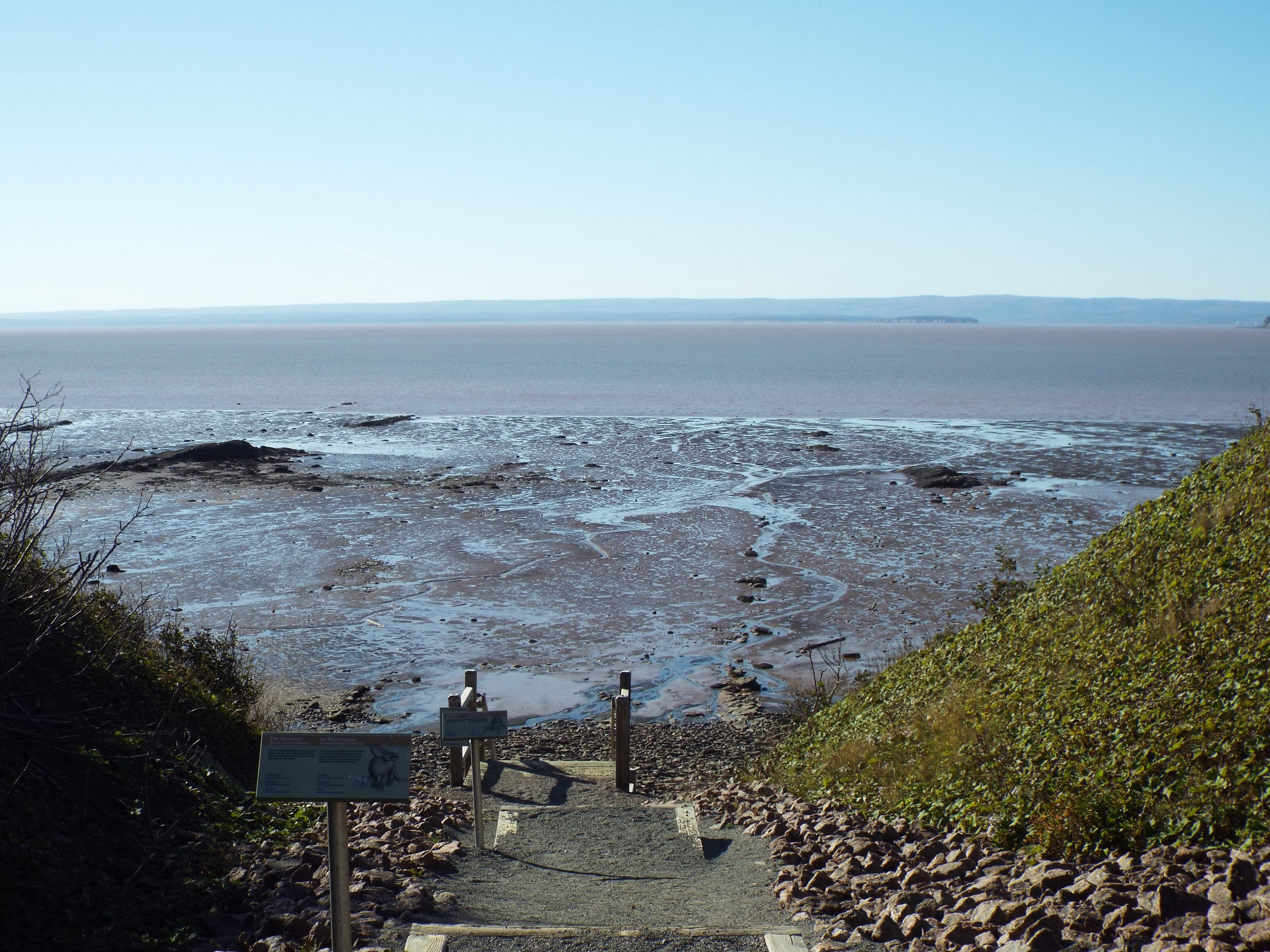





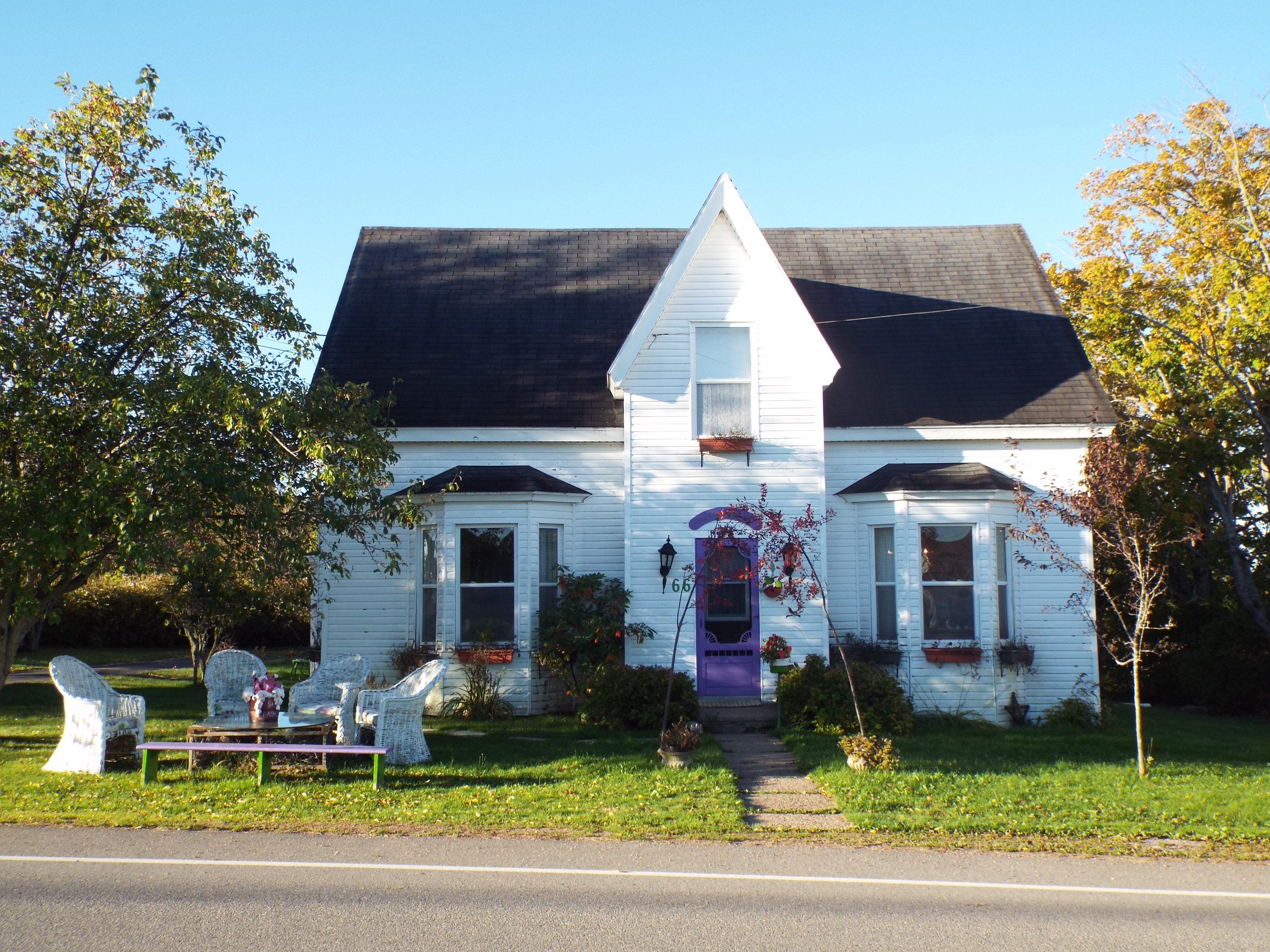








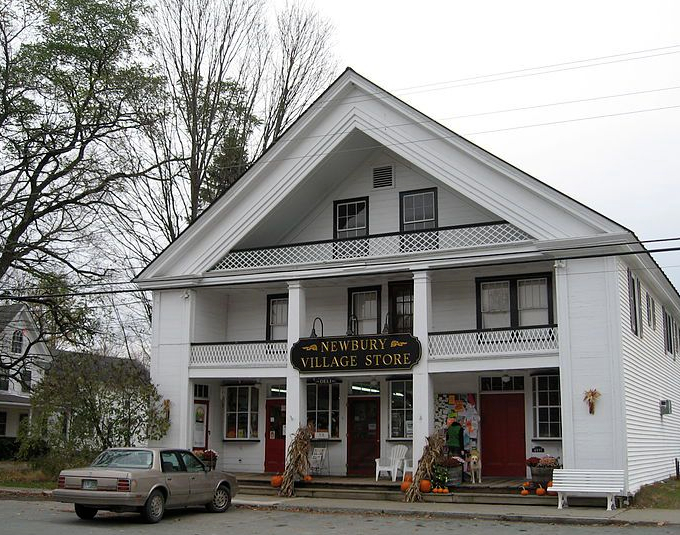
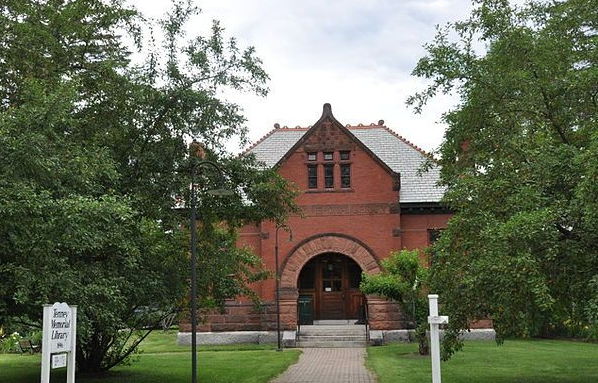


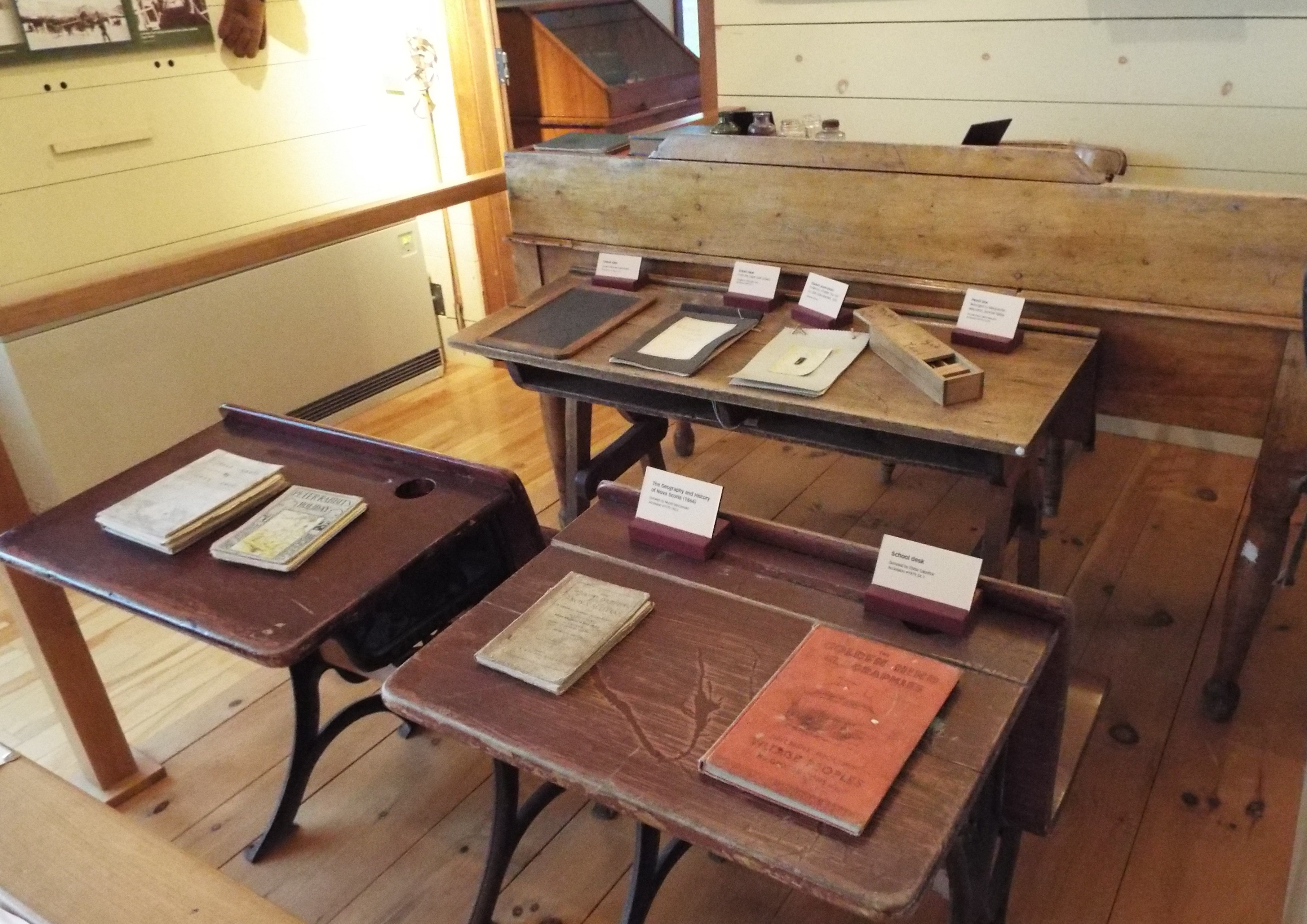

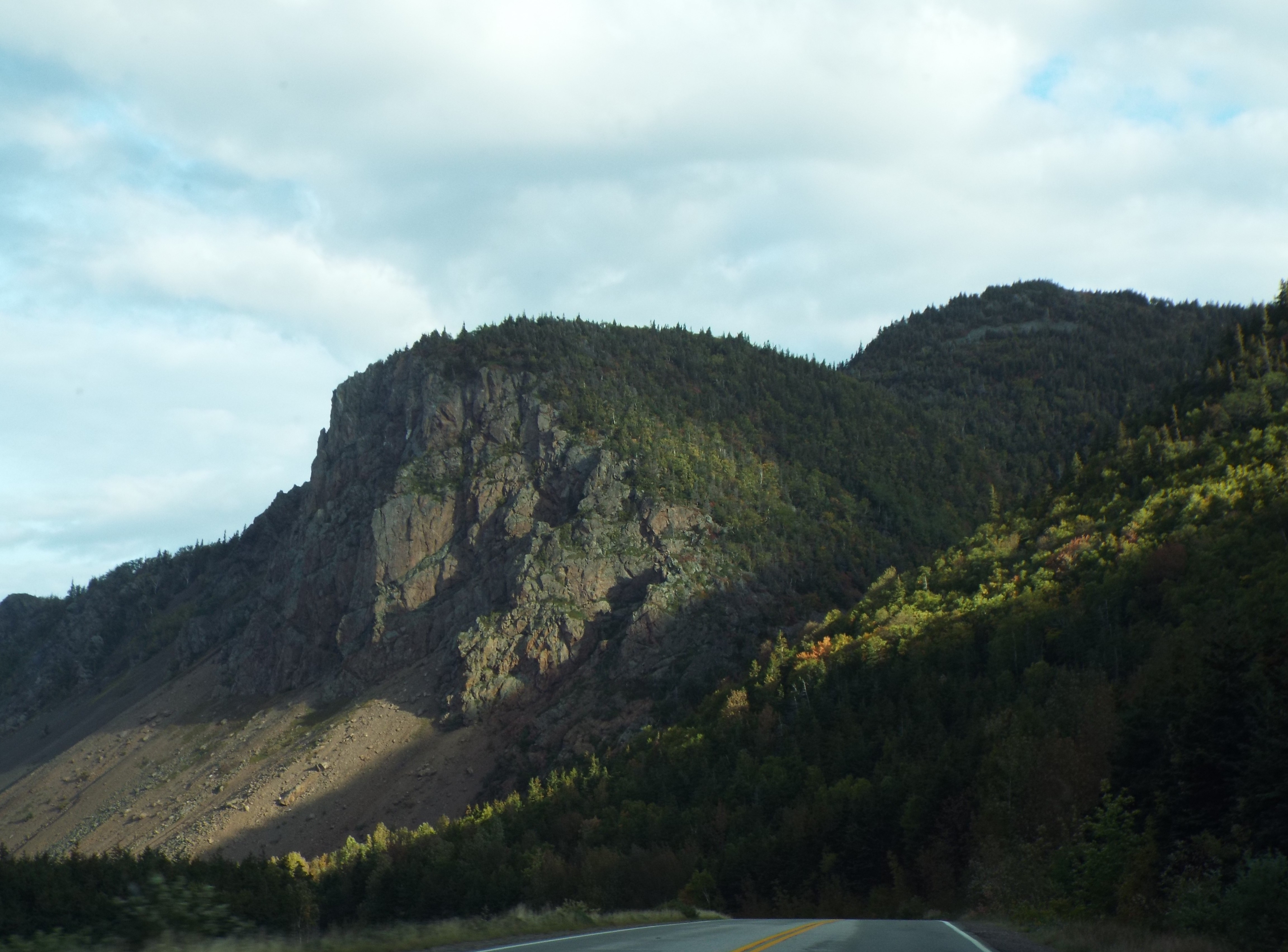

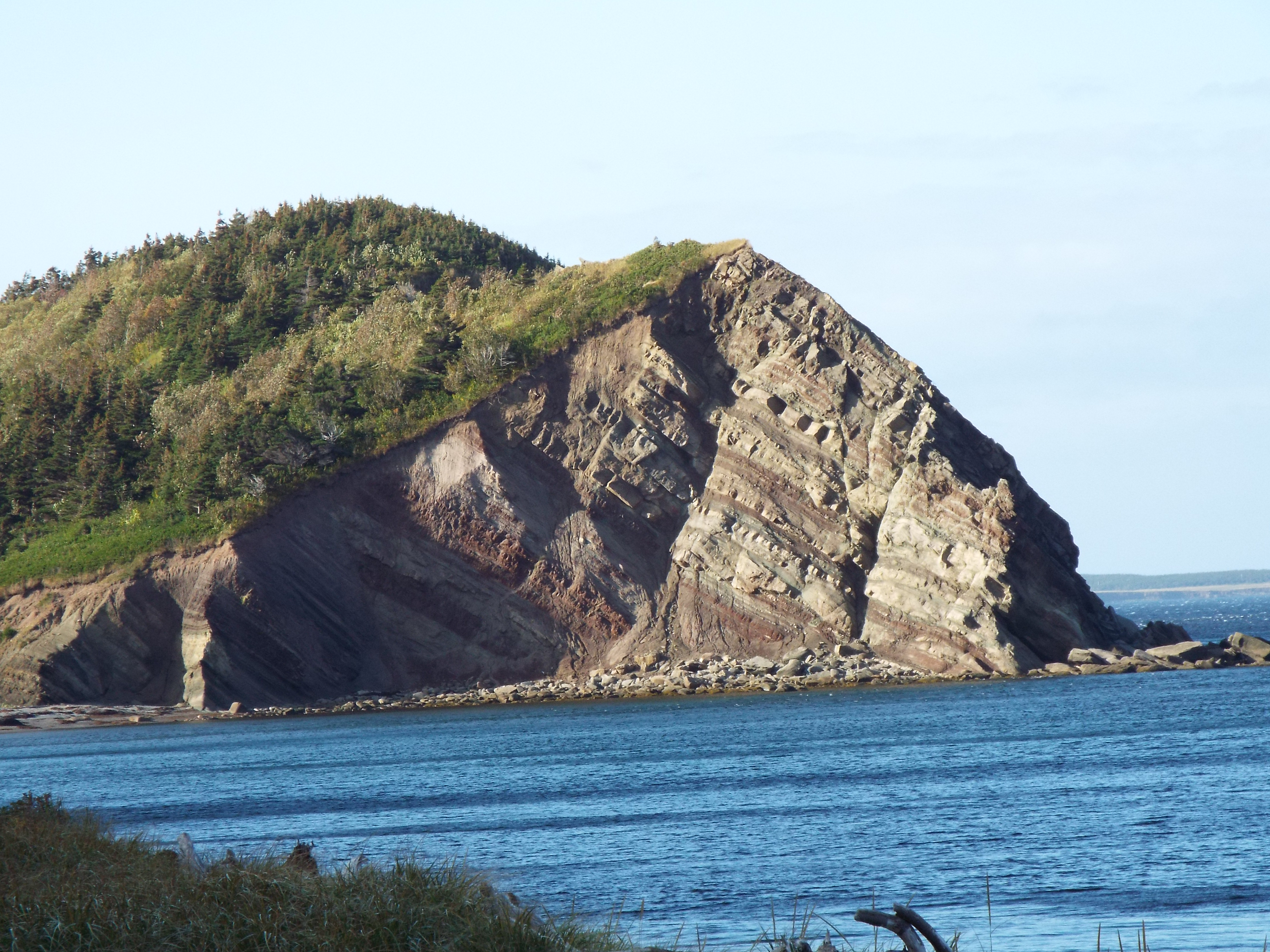


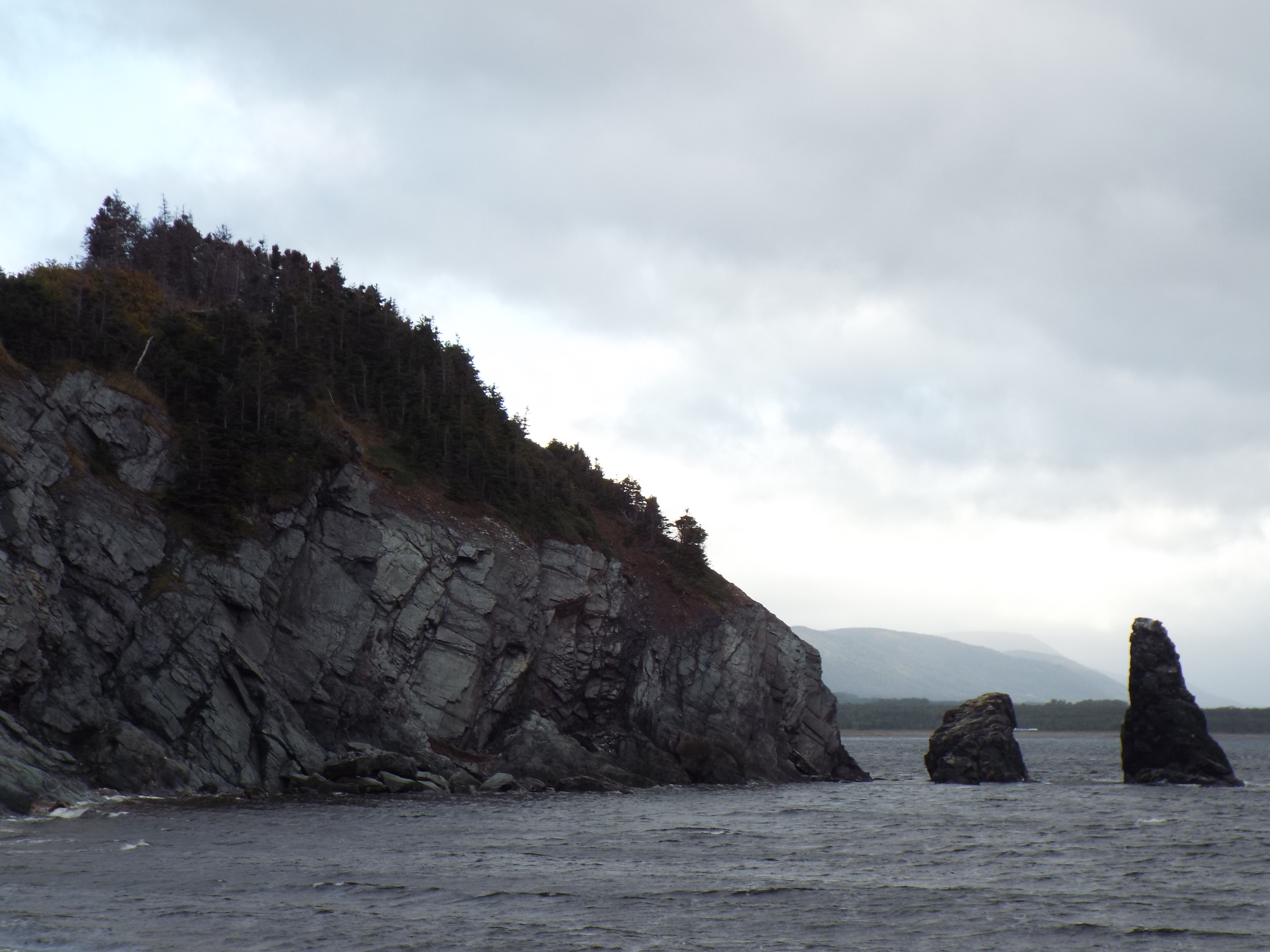






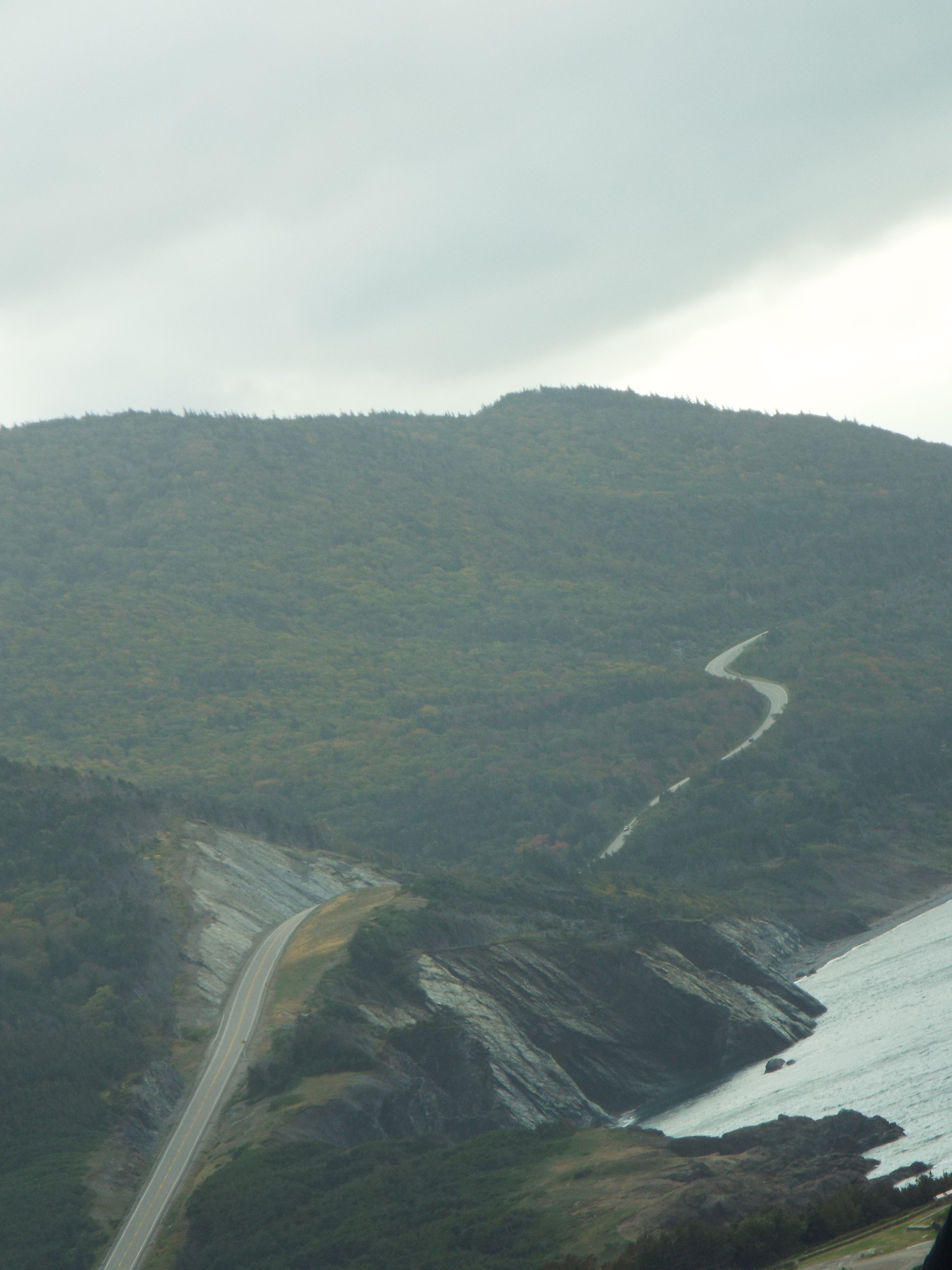
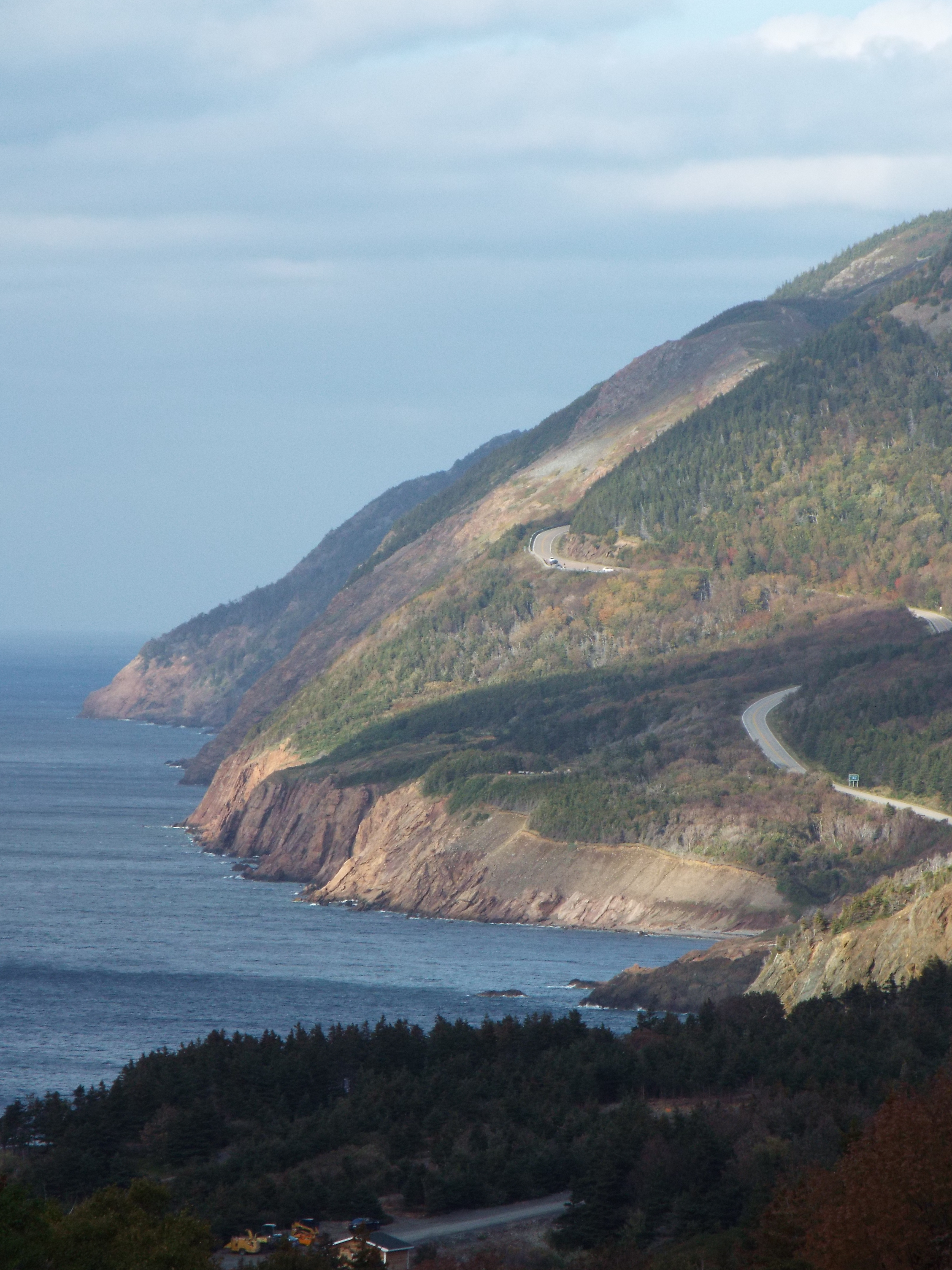
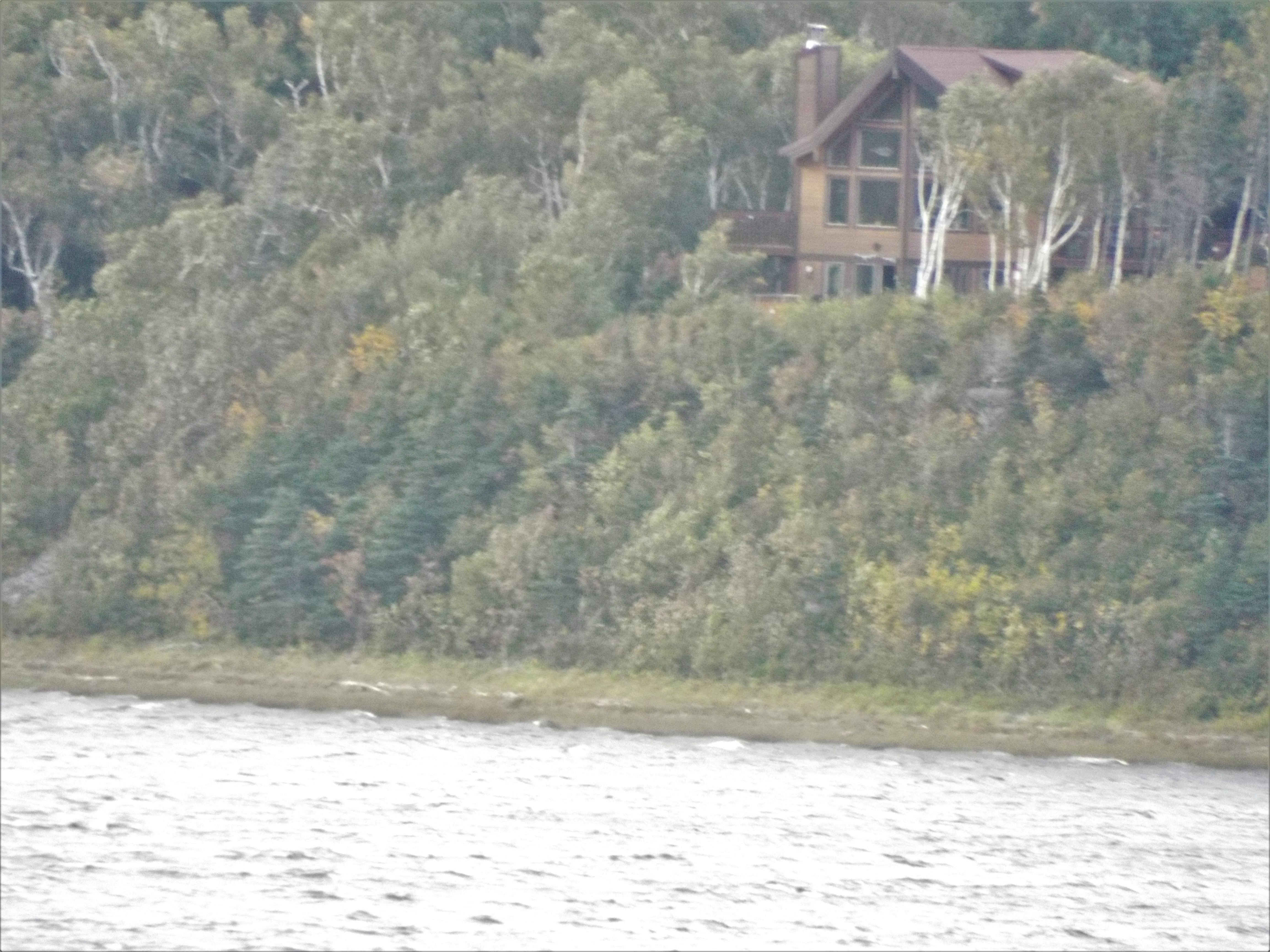 Our charmed, and charming, hosts had found themselves one of the most perfect places on earth to live. Not only is their home on the edge of the Chéticamp River (which they often kayak, lucky ducks!), but on the opposite side of the river is the majestic park itself. From their huge living room windows, they can also see where the river empties into the Atlantic Ocean. Where else could you get that kind of view? It was a good way to end our trip around the park.
Our charmed, and charming, hosts had found themselves one of the most perfect places on earth to live. Not only is their home on the edge of the Chéticamp River (which they often kayak, lucky ducks!), but on the opposite side of the river is the majestic park itself. From their huge living room windows, they can also see where the river empties into the Atlantic Ocean. Where else could you get that kind of view? It was a good way to end our trip around the park.
 This spit of land is all that separates the river from the ocean, also seen from our hosts’ living room window. How cool is that?!
This spit of land is all that separates the river from the ocean, also seen from our hosts’ living room window. How cool is that?!









 A stand of birch, an Anglican church, and a workshop adorned with moose antlers
A stand of birch, an Anglican church, and a workshop adorned with moose antlers
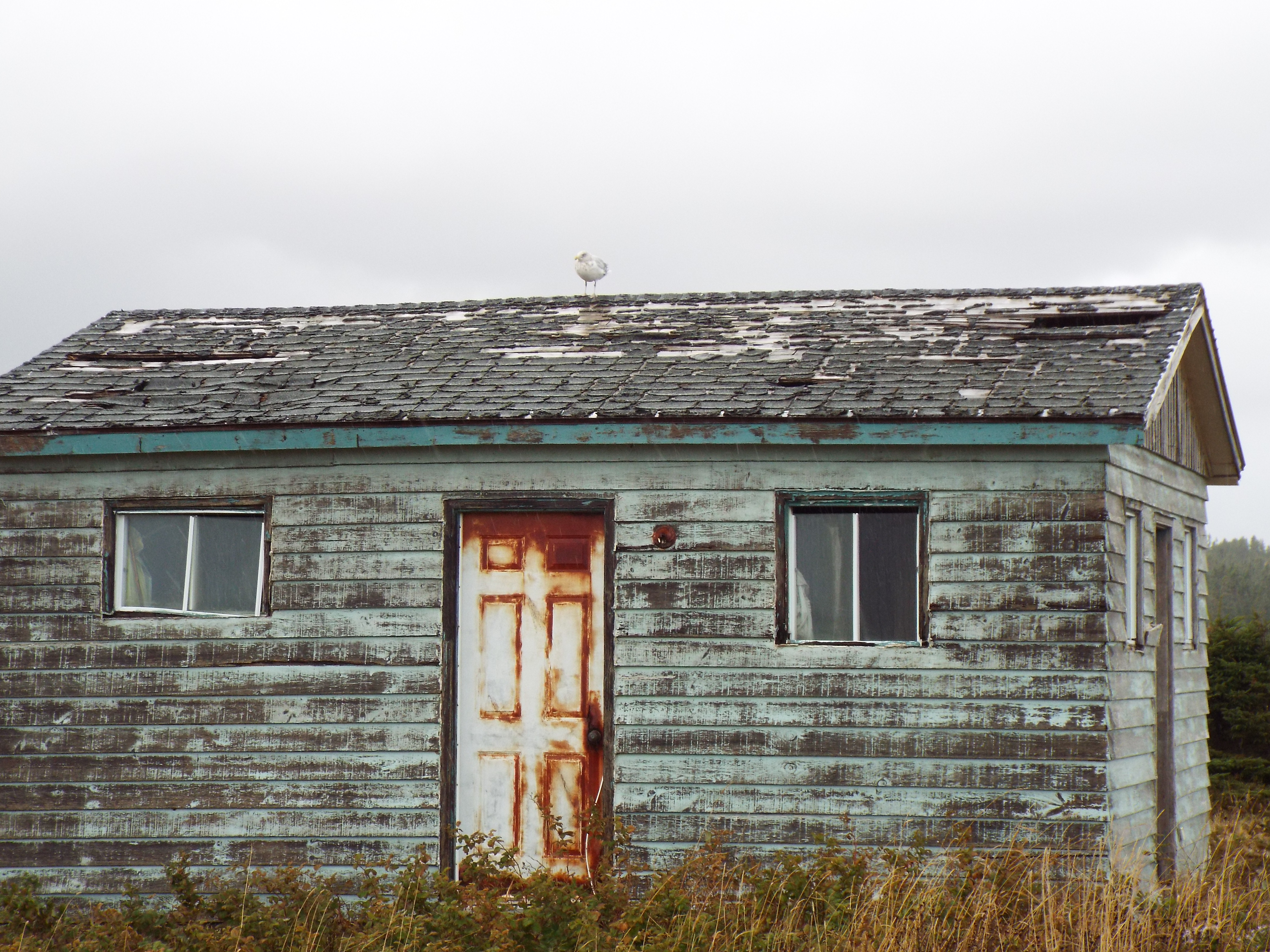 Scenes from Neil’s Harbour (I believe).
Scenes from Neil’s Harbour (I believe).



 Meat Cove: much prettier than it sounds. You reach this beautiful spot after a very long (30 minutes or so) drive on a rutted dirt road (only to return the same way). Not much more than a campground (see the little cottages in the foreground of the bottom picture?), it’s worth the drive. They say that on a clear day you can see Newfoundland from this northernmost Nova Scotia community. We weren’t there on a clear day.
Meat Cove: much prettier than it sounds. You reach this beautiful spot after a very long (30 minutes or so) drive on a rutted dirt road (only to return the same way). Not much more than a campground (see the little cottages in the foreground of the bottom picture?), it’s worth the drive. They say that on a clear day you can see Newfoundland from this northernmost Nova Scotia community. We weren’t there on a clear day.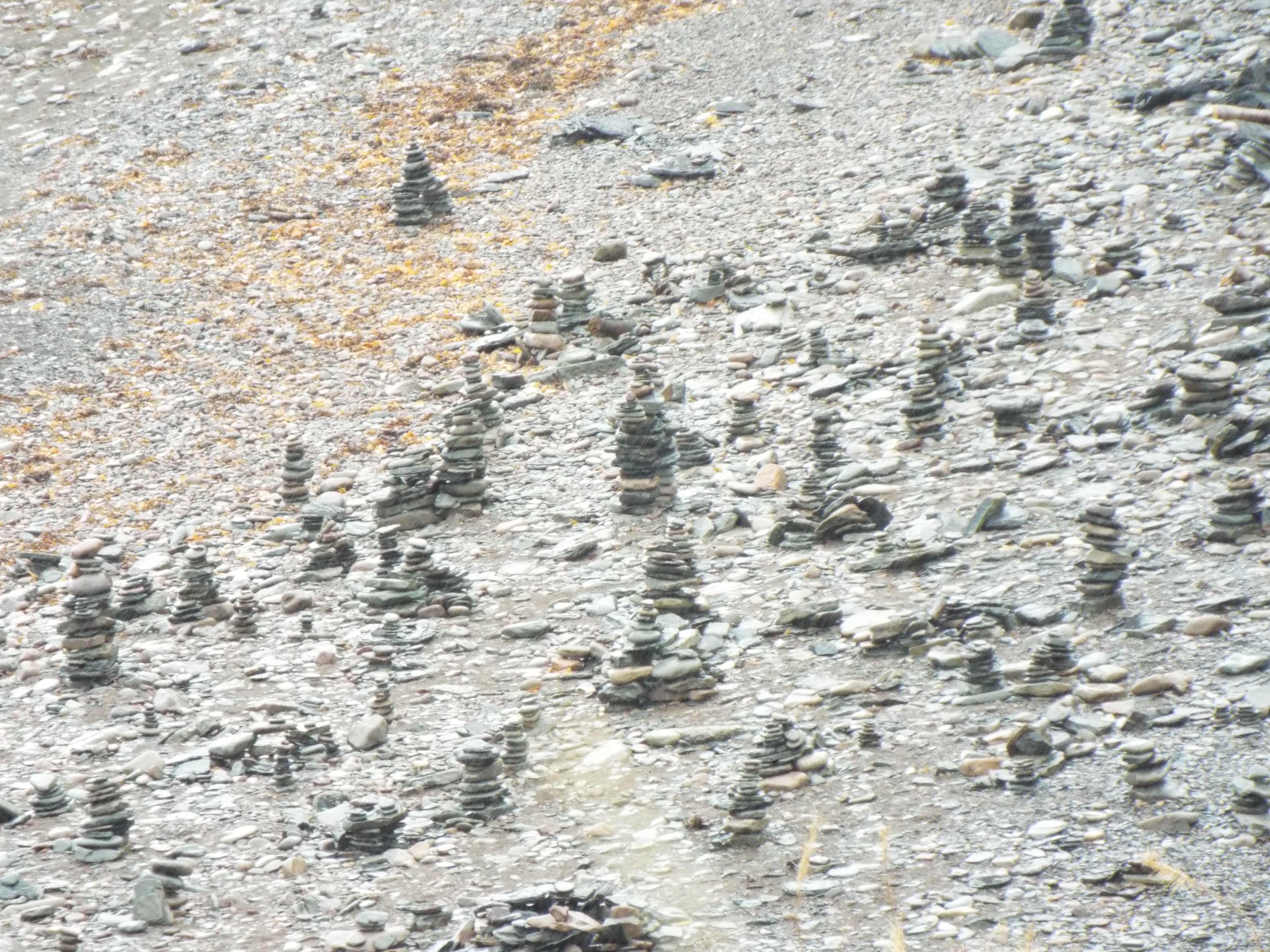 Check out all those balancing rock cairns on the rocky beach far below us at Meat Cove.
Check out all those balancing rock cairns on the rocky beach far below us at Meat Cove. Why, yes, you can find sand on Nova Scotia’s beaches! (A wee bit, anyway.)
Why, yes, you can find sand on Nova Scotia’s beaches! (A wee bit, anyway.) Freshwater Lake, Ingonish Beach
Freshwater Lake, Ingonish Beach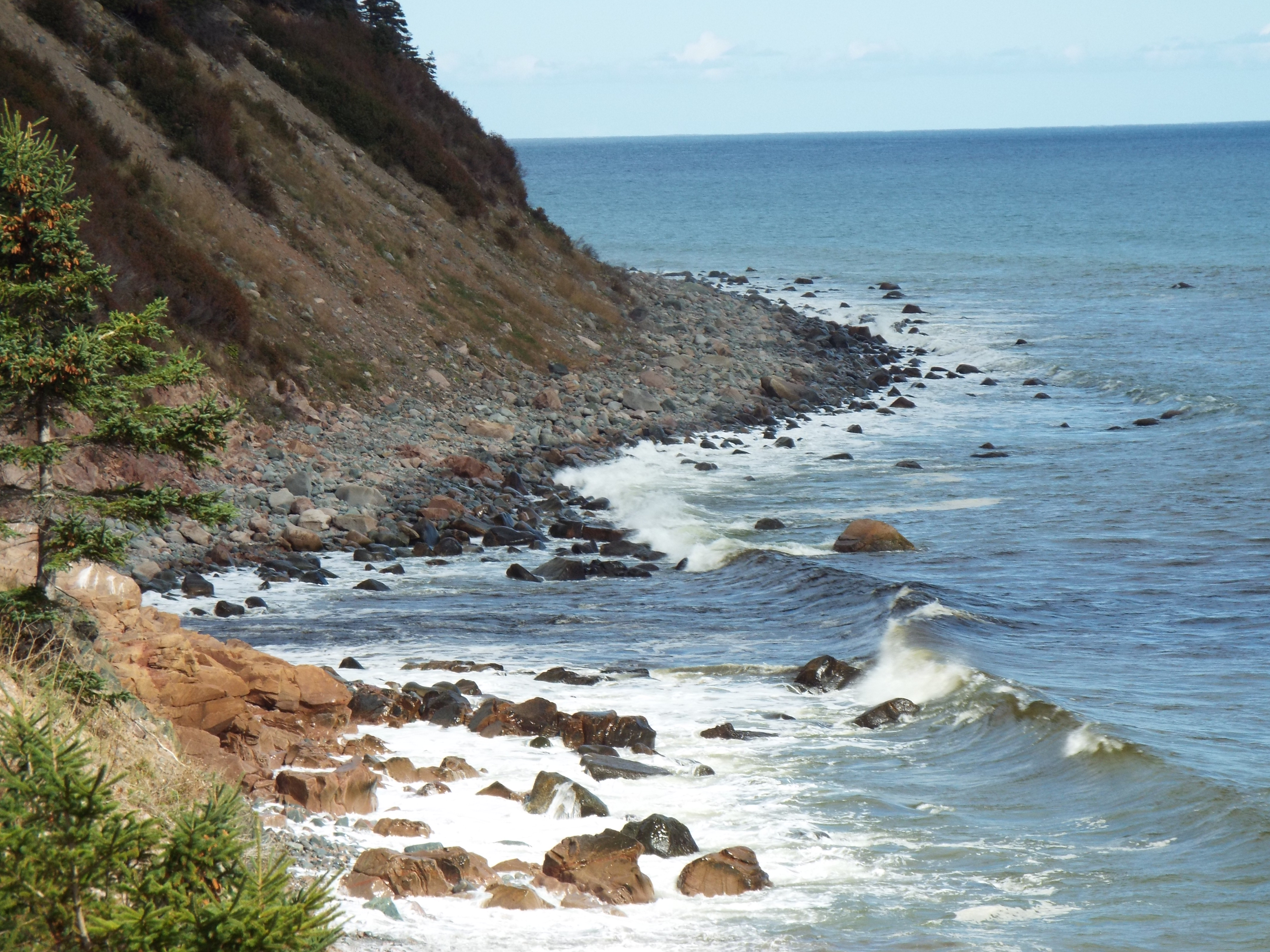







 Just some pretty Cabot Trail views, even on a rainy, foggy, hazy day
Just some pretty Cabot Trail views, even on a rainy, foggy, hazy day
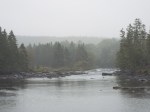


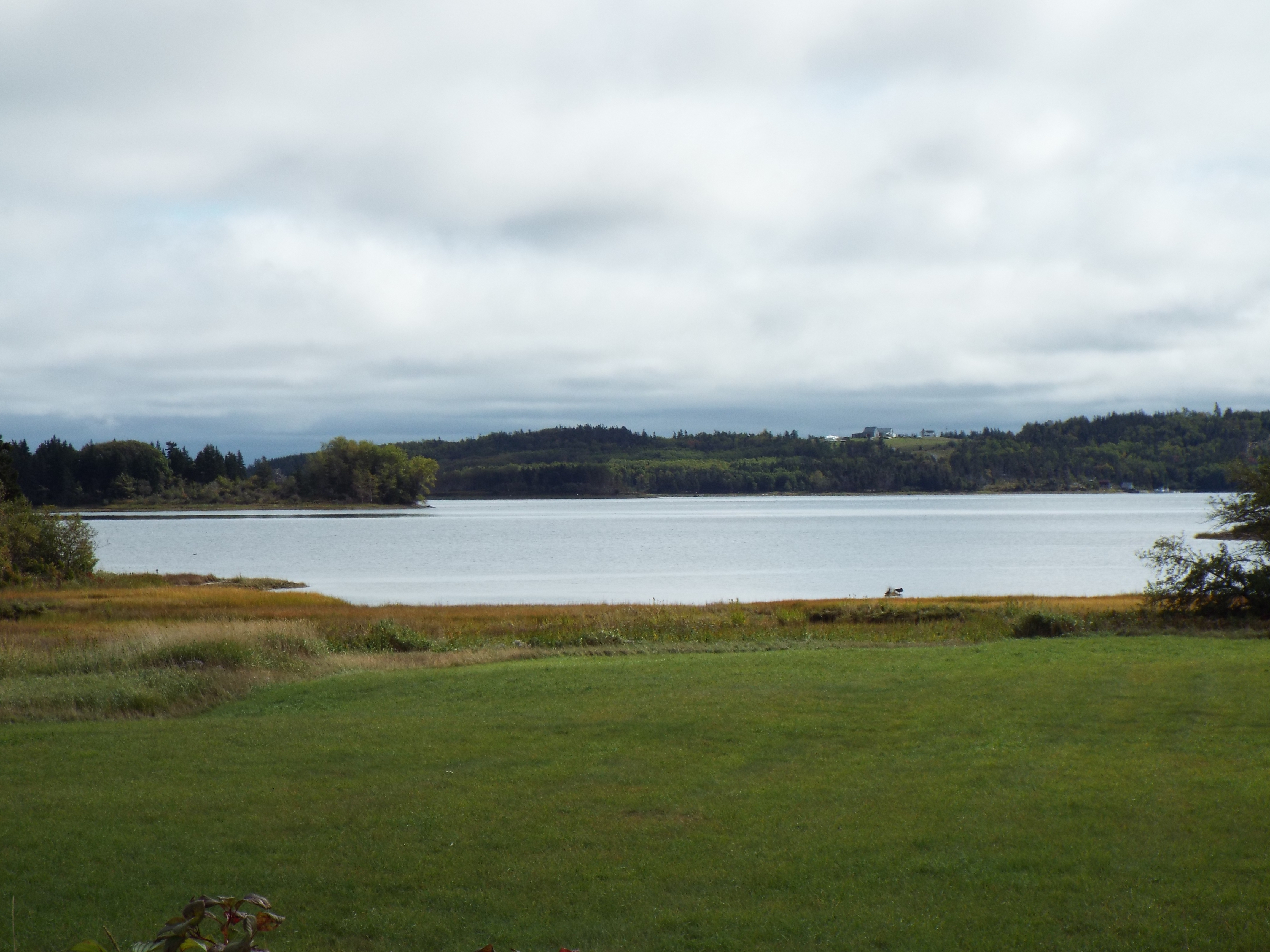




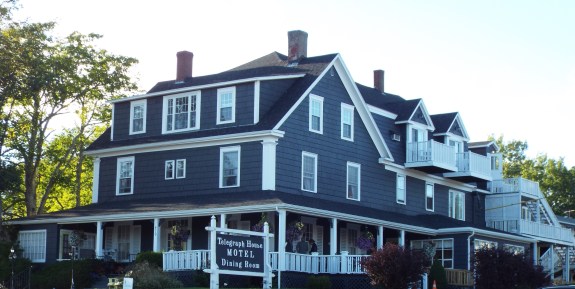










 Here comes the ferry. Short crossing—very short.
Here comes the ferry. Short crossing—very short.